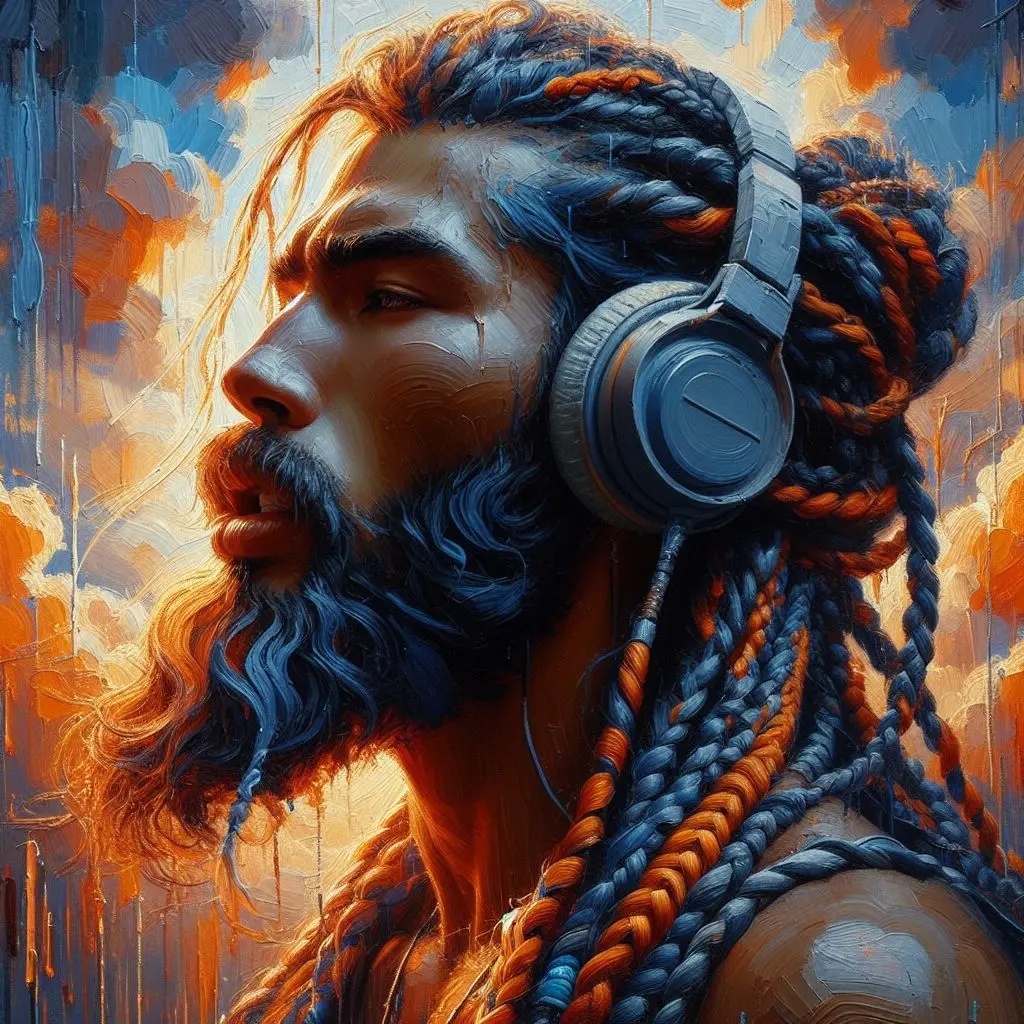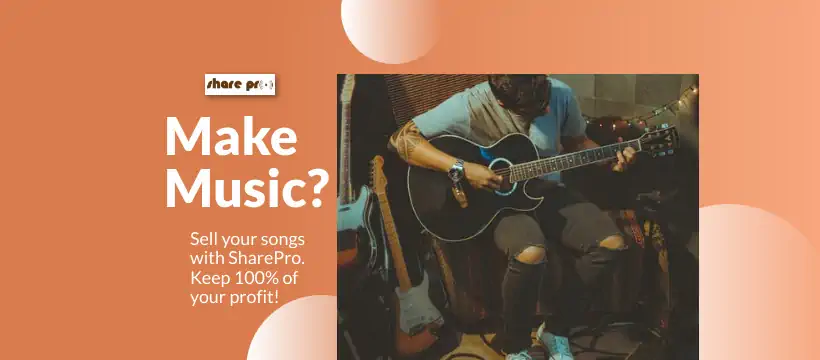Collaborative Creativity: How to Master the Art of Music Collaborations
Unlocking masterpieces and growth in music through teamwork.
In the vast music scene, individuality often offers the chance to stand out in this competitive industry. But in such a voracious business, indie artists have helped each other from the humble beginnings of indie music. Can you imagine David Bowie or Iggy Pop going it alone? And what about R.E.M., The Smiths, and the rest of the groups that came next? Undoubtedly, they couldn’t have done it all alone.
Collaboration is the art of working together, is a place where experiences and perspectives blend to forge a new element. But this doesn’t just consist of converging skills, ideas, and talents. The magic of collaborative approaches relies on its capability to innovate.
By joining forces, artists might craft transcending musical masterpieces so in this article, we will break up the concerning aspects of collaborative creativity. From its difficulties to tips and insights on how to walk through this wonderful path. So buckle up, call your fellow musicians and embark on this harsh yet fulfilling journey!
Why Two Heads Are Better Than One?
From the very beginning, we have to make clear the importance of collaborating. When it comes to collaboration in music, it is not different from having a chat between artists. In the conversation, each participant contributes with their unique touch and ideas to build something that, as a whole, goes beyond their personal abilities. When a collaboration is successful, it exploits the energy and creativity of the implicated artists, bringing both unexpected and delightful results. The outcome is usually translated into something superior or even higher in level that couldn’t have been created individually. Collaborations involve more than musicians. Performers, filmmakers, and also painters could participate in this activity.
So, why is collaboration important? Because it simply opens up the game for artists to group up, share methods and approaches, and backfeed to each other, creating a new product that is as meaningful as it is groundbreaking.
Choosing the Right Collaborator: Finding Your Musical Match
Like with everything in life, choosing the proper partners will lead you to a better result. Collaboration needs an essential feature called compatibility. Although distinctive musical genres could embody a good mixture, being in line with musical tastes, work ethic and artistic vision is crucial.
In order to enjoy a productive, enriching collaboration, it is relevant to have a wide understanding of the intention behind the project, and what the goal is. Throughout your years walking over the music industry path, you might gather bunches of long-time friends. However, rather than just getting on well with someone, it is more important to share views and find a musical match is quintessential.

Defining Roles: Ensuring a Smooth and Productive Partnership
In the same vein of compatibility, another critical aspect is clarity. Being crystal clear when defying roles will eventually avoid creative differences or clashes. In addition, it makes sure that the collaborative process will flow smoothly.
This feature is as important as complex because establishing roles does not simply mean that one artist is the head of the group and others are just footmen. Each artist could be in charge of different aspects of the project. When setting up who takes the lead on specific areas of the project (production, composing, songwriting, even promotion), the work flows and reduces the possibility of getting stressed.
From the very beginning, try to define roles to divide the invested time. In that way, every member of the project will share the workload equally. Moreover, remain versatile and be open to suggestions and adjustments to ensure fair and effective collaboration. Lastly, bear in mind that having open communication highlighting strengths and preferences offers an enriching, collaborative environment where artists can work side by side better, each standing out in their respective roles.
How To Protect Your Work and Your Partner
Music collaboration is not an activity that only involves creating a musical piece, an art concept, etc. Like with every aspect of life, in music collaboration is essential to address legal issues. There are countless examples in which collaborators have discussed ownership of the final project, royalties, or also intellectual property. In some cases, they have faced lawsuits in court. That’s why tackling legal aspects from the very beginning is crucial to avoid potential clashes along the way. A good and simple solution may be designing a collaboration agreement. By doing so, artists can protect both sides and strengthen the terms of the partnership, ensuring reliability and transparency.
From Concept to Creation: Merging Ideas and Crafting Engaging Lyrics
In most cases, the heart of collaboration resides in the songwriting process. As a result, collaborators must commit equally when setting up this element of the project. Although it may seem obvious, a collaboration won’t work if lyrical and musical ideas aren’t aligned. The way to go is to adopt a symbiotic approach, creating a coherent and cohesive narrative.
Joining together for co-writing sessions, brainstorming ideas, and matching song sections are enriching options to create good synergy. Besides, is useful to leverage technology advancements and take advantage of them. If meeting together is difficult for both parties, video calls, and shared documents would be a wonderful tool to get in touch and continue working from their own homes each.
The Studio Session: Navigating the Creative Flow Together
We have already discussed songwriting issues of collaborations but this wonderful art has more stages than expected. Once you have set the foundations of the project, it is time to get into the studio. This section requires another level of innovation and creativity. When entering the studio, collaborators need to adapt each other’s contributions and experiment in real-time. In addition, artists will have to get through any inconvenience that might come up during the recording process. No matter if the participants are sharing the same physical place or collaborating virtually, is important to keep a creative space to captivate the magic of collaboration.
Moreover, collaborative projects are usually places shedding light for spontaneity. Inside the studio, there is always a place for experimentation during the process of recording, which can lead to unusual, groundbreaking outcomes. Employing uncommon instruments, soundscapes, or production techniques, artists contribute to crafting a unique, special character of the collaborative process.
Creative Differences: Resolving Conflicts for the Sake of the Music
Throughout the years, artists have been entitled as egocentric, vain, or even selfish individuals. These labels have been there from their early ages and they are still among us. Due to this, when it comes to musical collaborations, conflicts are always latent. Collaboration can be a productive, enriching, and fulfilling experience but creative differences may come up.
To solve conflicts is always important to rely on diplomacy and put the project’s vision before everything. Through grown-up communication, commitment, and collective focus on the goal, collaborators can get over these hurdles that only harm the development of the project. Sometimes is better to leave personal interests aside and prioritize the project’s overall vision.
Exploring Creative Horizons: Partnering with Diverse Artists for Collaborative Magic
As mentioned earlier, partnership goes beyond musical frontiers, and when it comes to artists working together, painters, dancers, filmmakers, and even plastic artists are often fond of taking part. Therefore, artist collaboration is a blue ocean that gathers creators from several fields.
Partnering with them, just like with musicians, requires a strong level of communication and fellowship. These kinds of artists may have a different approach to art so listen to them and try to come to an agreement. Clarify everything from the very beginning and provide them with instances to express their feeling, ideas, and suggestions. You will be amazed at how much better they can make your project and how much you will learn from them.

Navigating the Digital Landscape Together
In an interconnected reality, people working on collaborative projects leverage digital tools to accomplish their intended goals easier, faster, and more efficiently. As mentioned earlier, options like shared projects, editing documents together, and files stored online are perfect to keep communication and a smooth workflow. By employing these alternatives, collaborators can be in touch even though they reside in different or distant places.
However, these are not the only advantages artists make a profit from when we talk about digital tools. Undoubtedly, in current times social networks, such as Instagram, Facebook, or X (ex-Twitter) play an important role in people’s lives. Therefore, collaborators can share the working process and how the project advances through these sites. What is more, these platforms offer features to make a collaborative post, making it easier for the audience to visit each artist’s profile and keep a straight connection with fans.
When the time to release the project comes, people all over the globe can enjoy the artist’s work. Not only social networks but also other platforms like Bandcamp or Soundcloud may ensure that loads of fanatics see their work. The use of networking sites and platforms in combination helps to have direct communication in real-time with the public which fosters and builds an active community around the projects.
Final Thoughts
In conclusion, in the realm of collaborative projects, every idea and effort combined leads to a beautiful creation developed by several minds. When artists team up, they are not just creating different parts of something, they are joining forces to blend endless ideas, emotions, and feelings altogether, resulting in a uniform, cohesive piece.
As with everything in life, conflicts and challenges may arise along the way but the goal is to get over them, trying to do your best. By working together, artists grow and learn, resulting in an enriching experience for both sides. Therefore, as an indie artist, you may consider teaming up with other artists. Be open to working with everyone, not only musicians but also painters, dancers, performers, and every single creator willing to contribute to a project. So, don’t miss the chance to get through the amazing experience of teamwork, a fulfilling activity that will help you to create something wonderful that might endure over time.
Blog Article Tags
individuality competition industry indie groups skills talents innovativeMore Articles
Where To Find Good Indie Music - If you're a long time fan or first time listener of Indie music, we'll show you the best methods for discovering the music you love.
How To Stay Motivated as an Indie Artist - Here are some tips to regain motivation as an indie artist.
The Key to Great Bands or Music Groups - Unlock the secrets to exceptional bands and music groups in this article.
The Interplay Between Visuals, Music & Success - Let's explore the impact of visuals on artist success & creativity.
Indie Music Stations on Sirius XM - Looking for more indie radio stations? Here are 7 you'll love.


